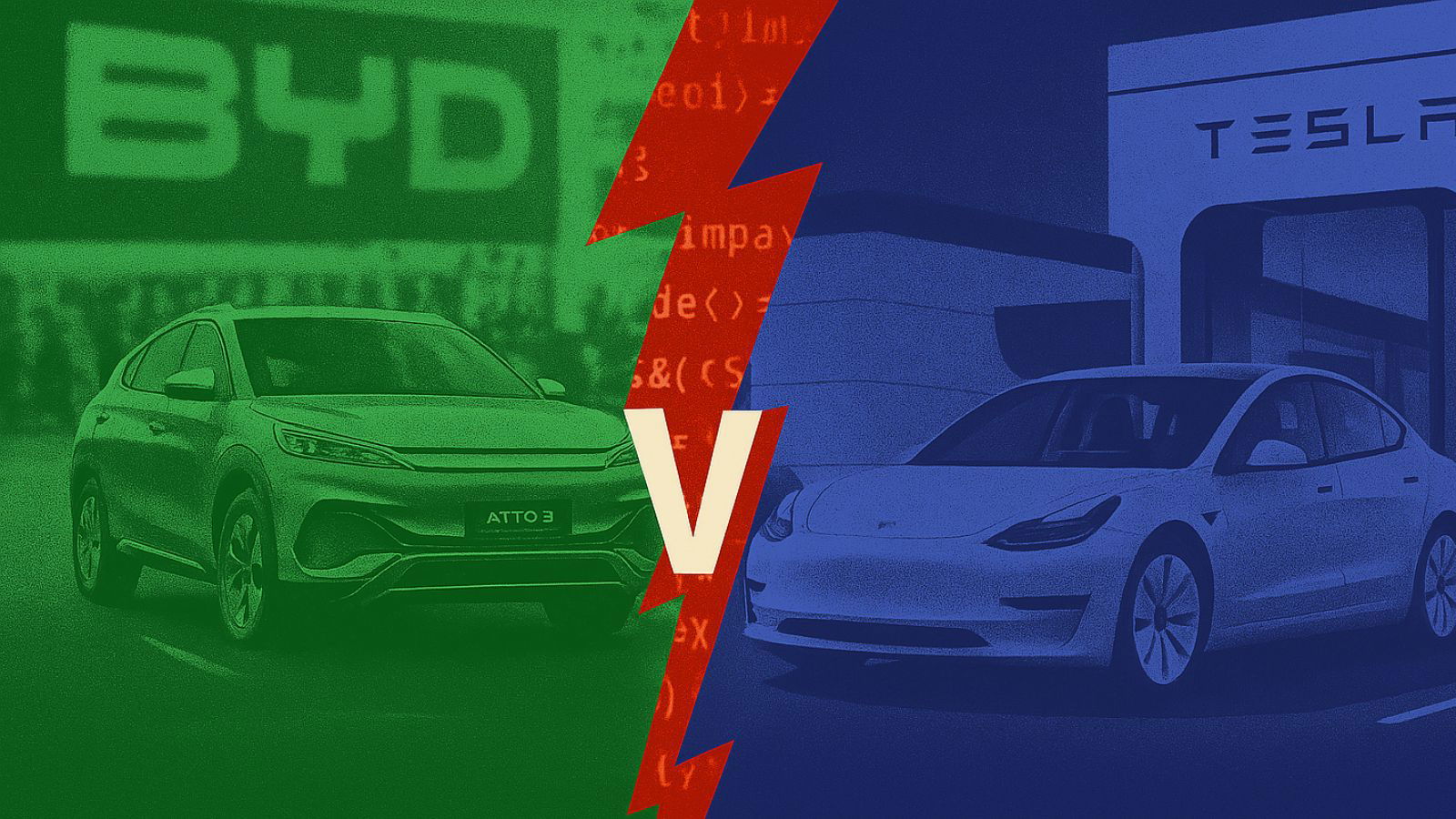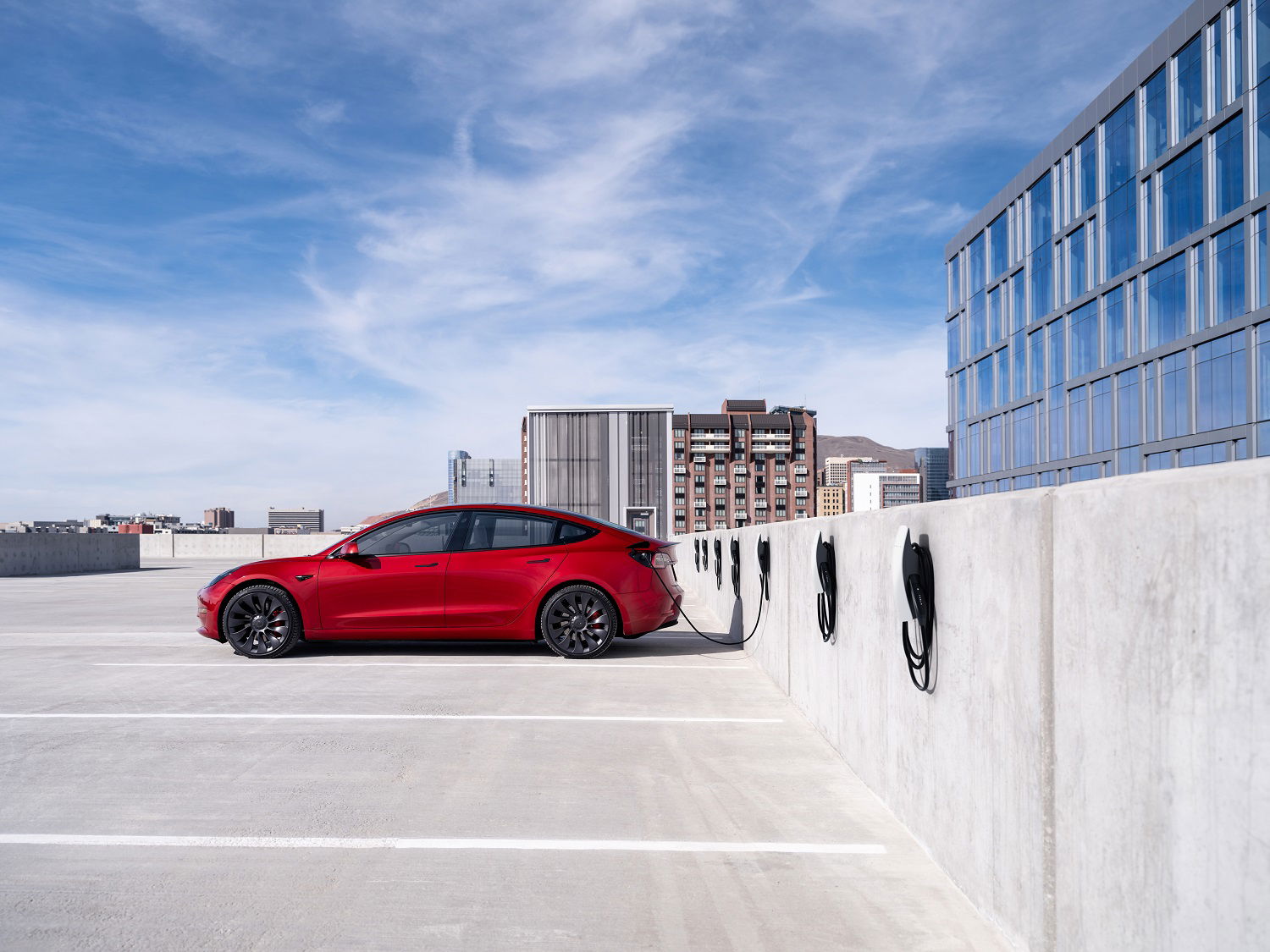
Battle of the Brands: BYD throws down as Musk melts Tesla’s EV lead
share on
BYD has just done something that would have been unthinkable a few years ago - it overtook Tesla in global revenue. The Chinese automaker pulled in a whopping AU$170 billion in 2024, lashing Tesla’s $155.5 billion.
For years, Tesla has been the poster child of the electric vehicle revolution, pioneering mass-market EVs and dominating global sales. But BYD’s aggressive strategy, particularly in markets like Australia, has put Tesla on the defensive. While Tesla has relied on brand strength and minimal advertising, BYD is taking a more conventional - and highly effective - route: relentless marketing, competitive pricing and rapid expansion.
So, in this head-to-head battle, which brand is coming out on top?
Tesla’s decline, BYD’s rise
Tesla’s stronghold on the Australian EV market is slipping. Tesla sales for February 2025 plunged 72% compared to February 2024. A deeper look shows this was more than just a bad month for Elon Musk’s EV brand. By the end of 2024, deep cracks had emerged. November sales were down 35.5% year-on-year, with a 16.9% decline for the year overall.
BYD on the other hand continues to gain traction, ramping up sales with more accessible price points and an expanding dealership network. Globally, BYD sold more EVs than Tesla in Q4 2023, marking the first time another brand has outsold Musk’s juggernaut. Locally, the Chinese automaker sold 14,260 vehicles for a 14.6% year-on-year increase.
While Tesla still holds an edge in higher-end models, BYD’s strength lies in affordability. Its Atto 3, Dolphin and Seal models are undercutting Tesla’s pricing in Australia and across international markets.
It should be noted that EVs as a total category have slowed against newer plug-in hybrids like the BYD Shark. With sales of 2,026 vehicles, the BYD ute has already leapfrogged one of the diesel-powered mainstays in the market, the Isuzu D-Max, which drew sales of 2,022 in February. But I digress.
Ad spend versus brand strategy
BYD’s strategy is straightforward: spend big on high-visibility campaigns. It recently invested an estimated $10 million to sponsor NRL franchise Sydney Roosters for the next five years and has aggressively built (and promoted) its showroom presence.
Tesla, on the other hand, has famously avoided traditional advertising. While this approach worked when Tesla was the dominant EV brand, competition has changed the game. BYD’s marketing push has made EVs feel more accessible, while Tesla remains reliant on word-of-mouth and media hype.
This difference in strategy is showing. Consumers who once saw Tesla as the only serious EV option now have alternatives - many of which are significantly cheaper.
Is Musk a liability?
One of Tesla’s biggest challenges isn’t a technical one - it’s Elon Musk himself. Reports suggest three out of 10 Tesla owners are considering selling their cars due to Musk’s political affiliations and controversial public persona. His alignment with Donald Trump has alienated some consumers and Tesla’s brand is now more polarising than ever.
BYD, by contrast, has kept its brand positioning neutral and product-focused. It markets itself as a technology-driven, affordable alternative - without the baggage of a high-profile, controversial CEO. This shift in perception is crucial. While Tesla still commands a strong, loyal following, BYD is becoming the more palatable choice for mainstream consumers.
Product innovation: The charging race
Tesla is well-known for its Supercharger network, a key factor in its dominance. However, BYD is making moves here too. The company recently unveiled new battery technology capable of charging in just five minutes - a direct challenge to Tesla’s charging advantage. If this tech delivers on its promise, it could remove one of Tesla’s biggest selling points. At the same time, BYD is investing in next-generation battery production and cost reduction, keeping its models competitively priced.

The verdict: who’s winning?
Tesla still holds the crown in brand power and technological prestige. But BYD is winning on price, market expansion, and aggressive marketing. For Australian consumers, the shift is clear. Tesla’s sales are declining, while BYD’s presence is growing. As affordability and accessibility drive EV adoption, BYD looks set to become the dominant force in the mainstream market.
Tesla isn’t out of the game, but it’s no longer the only player. And right now, BYD is the one making the strongest moves.
share on
Free newsletter
Get the daily lowdown on Asia's top marketing stories.
We break down the big and messy topics of the day so you're updated on the most important developments in Asia's marketing development – for free.
subscribe now open in new window
